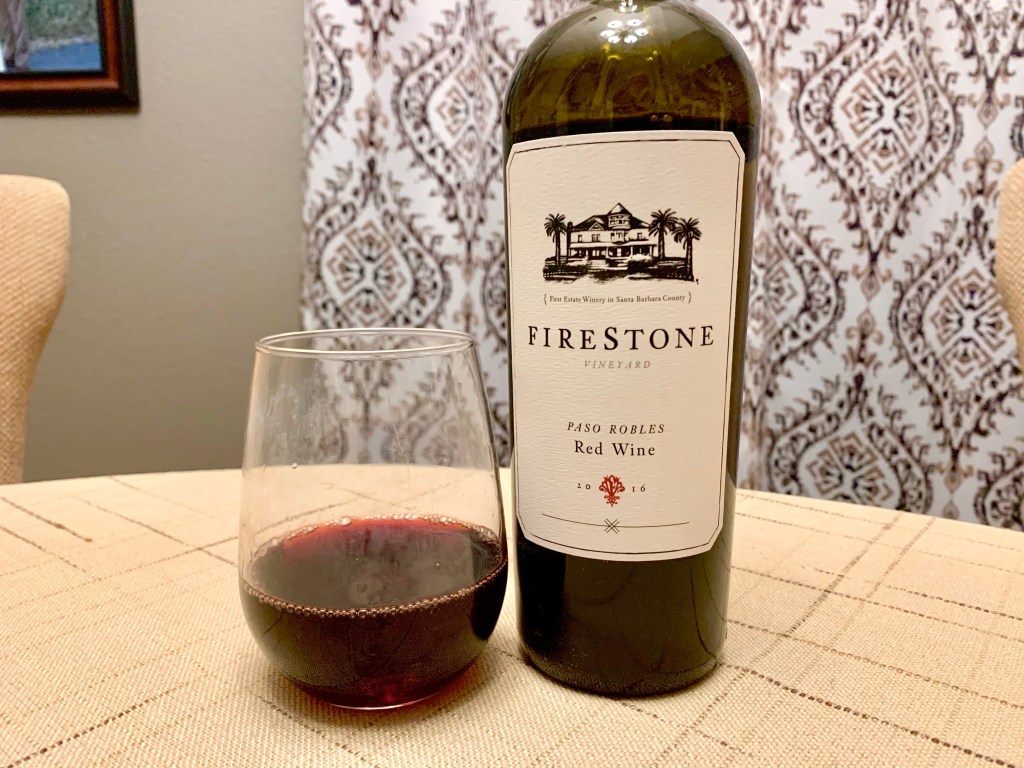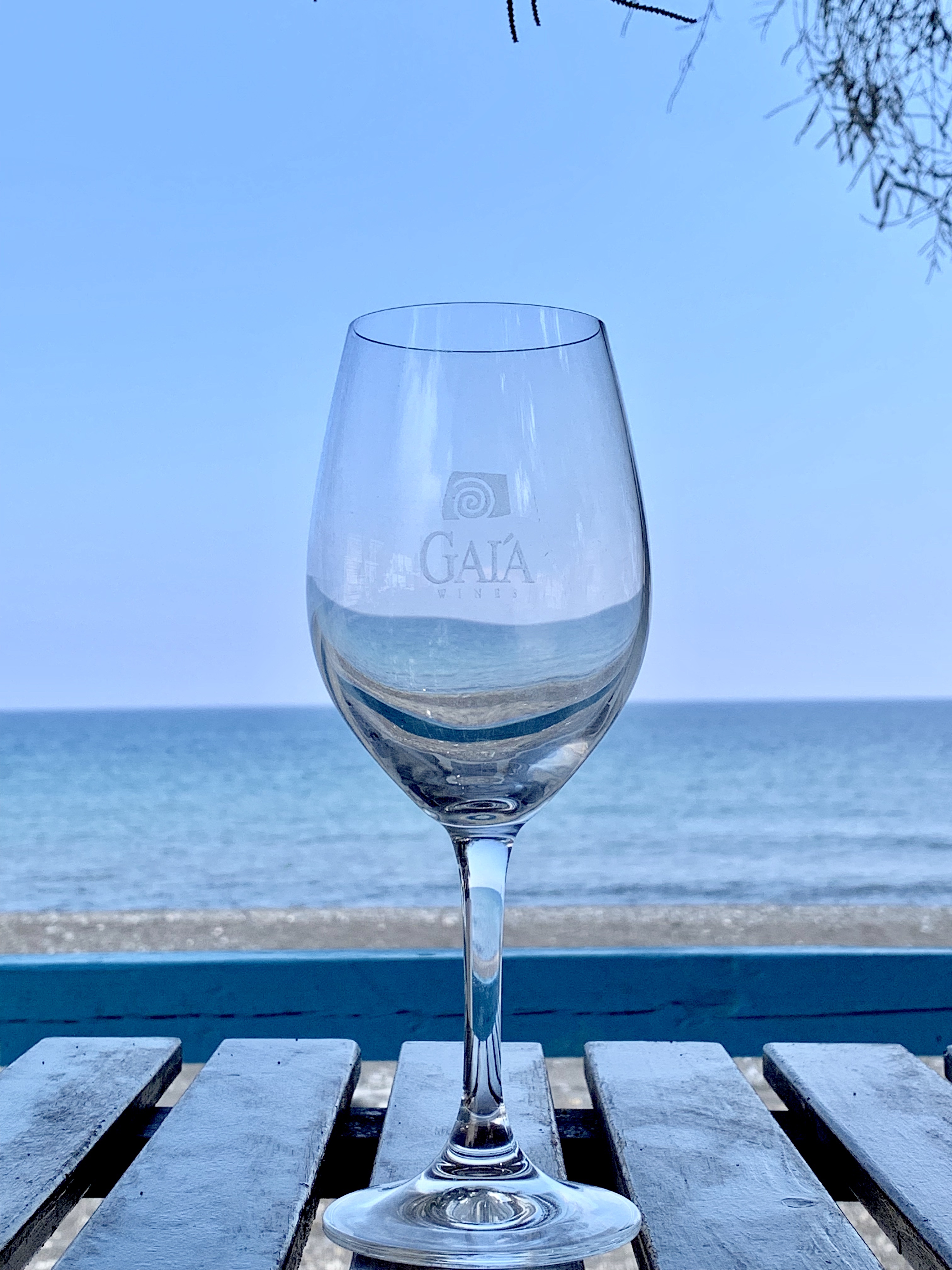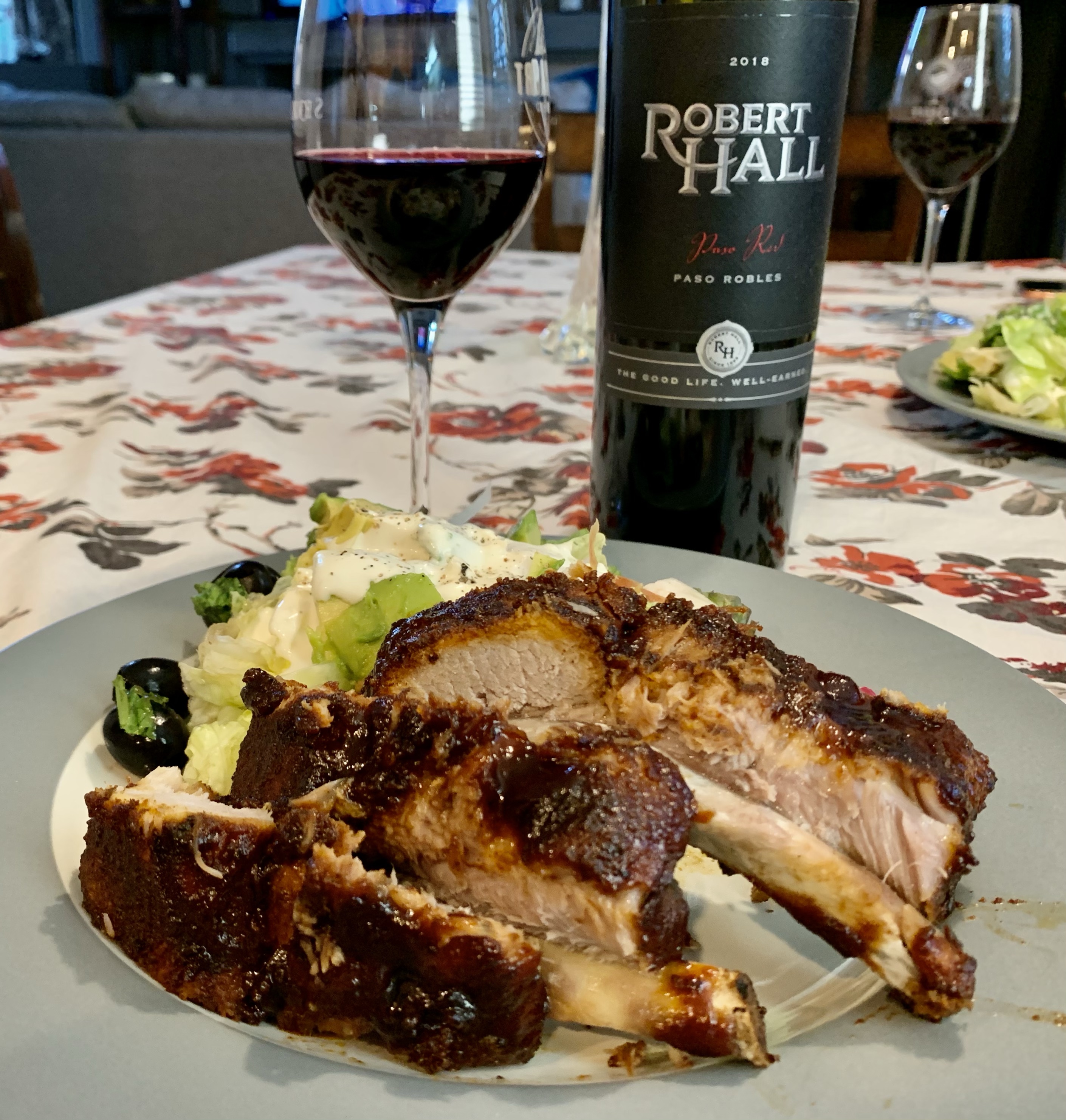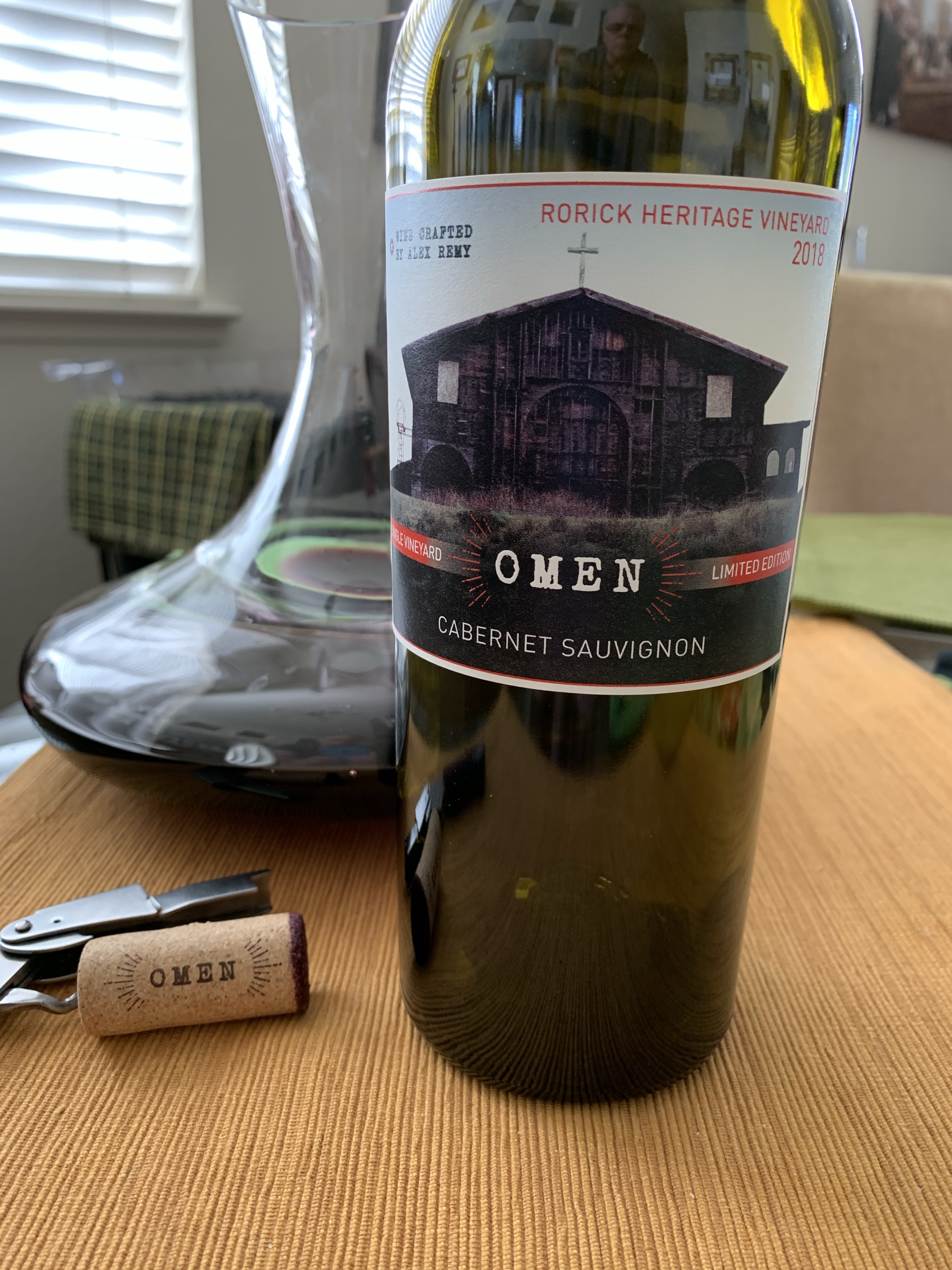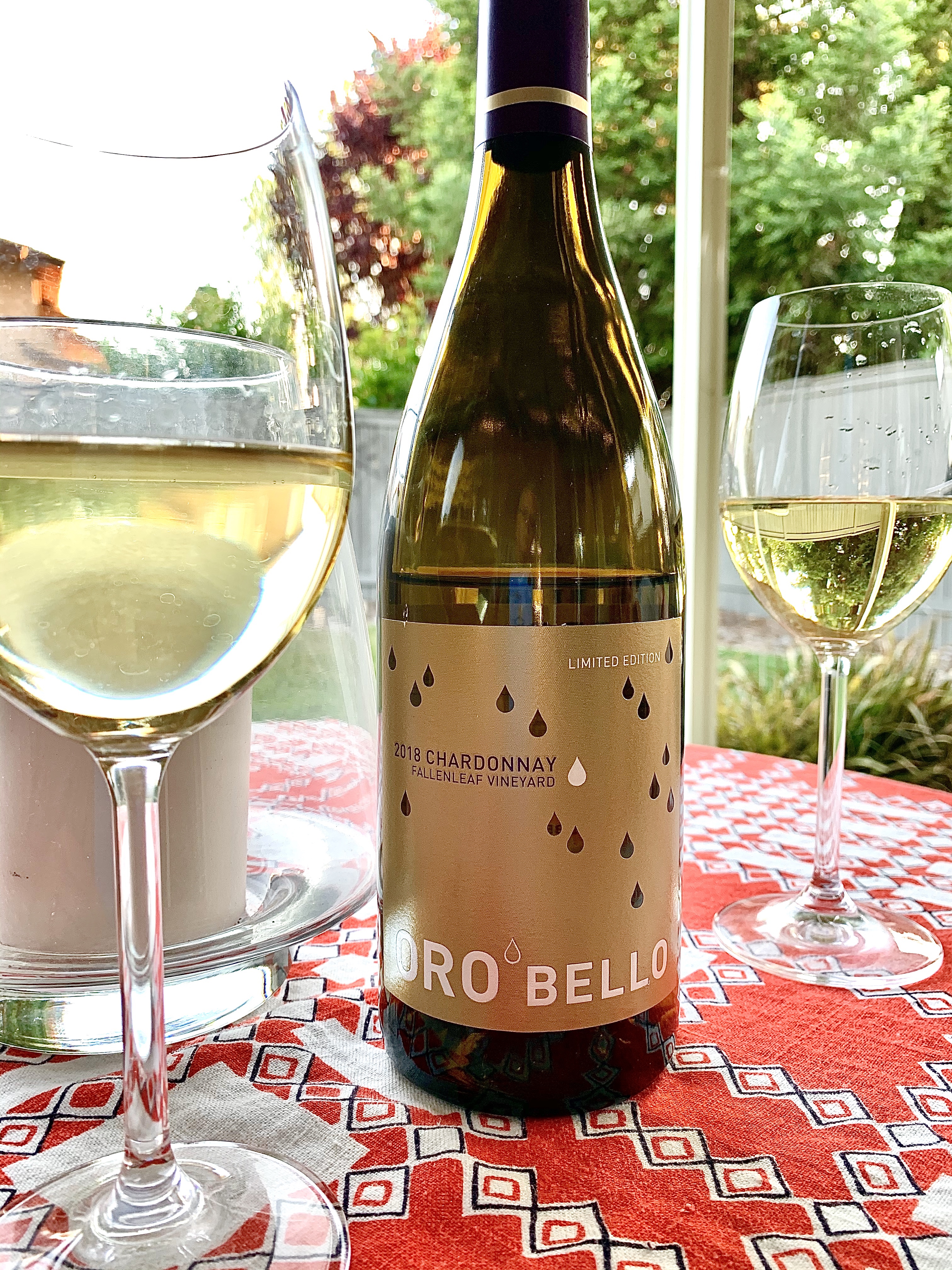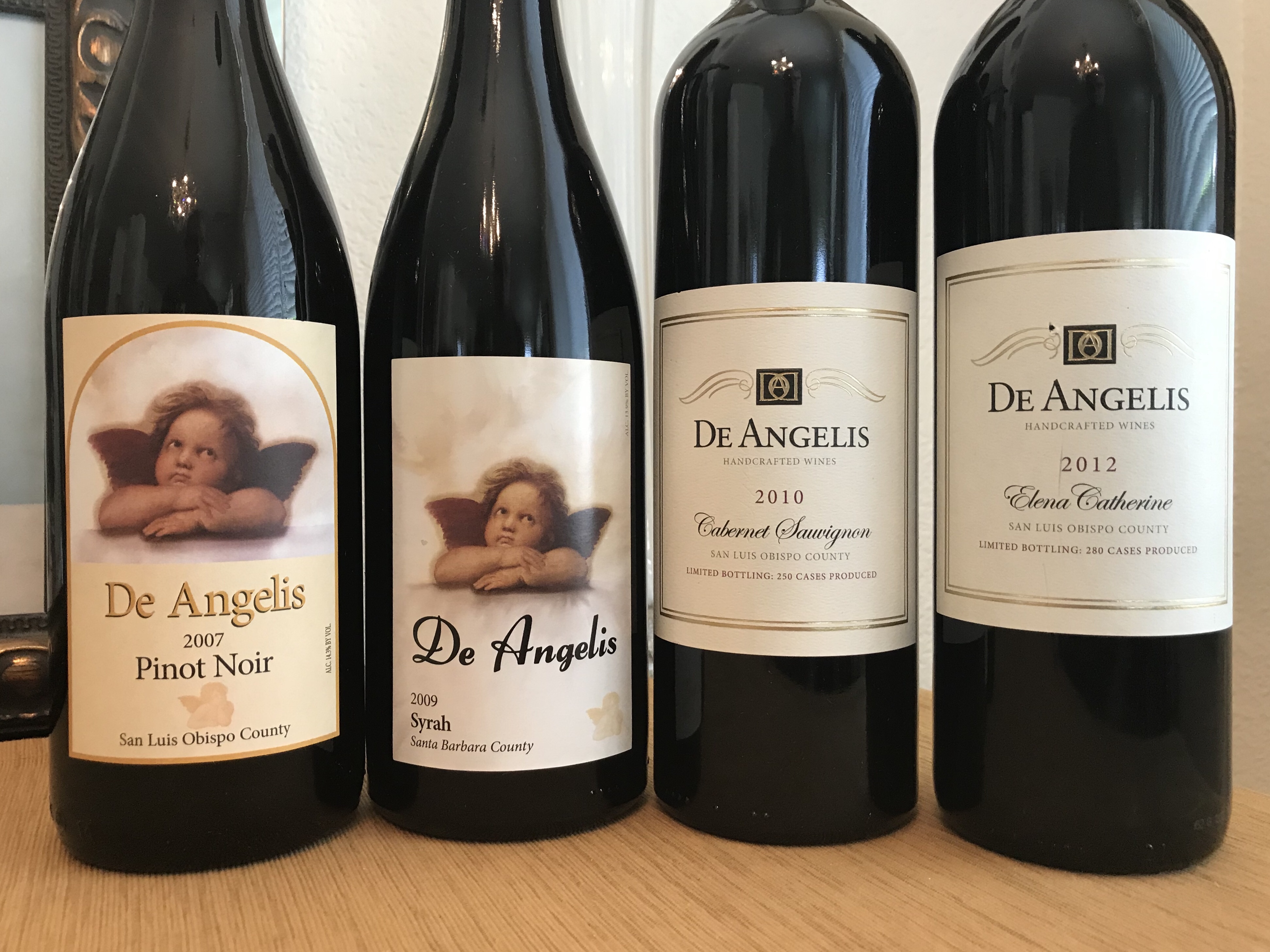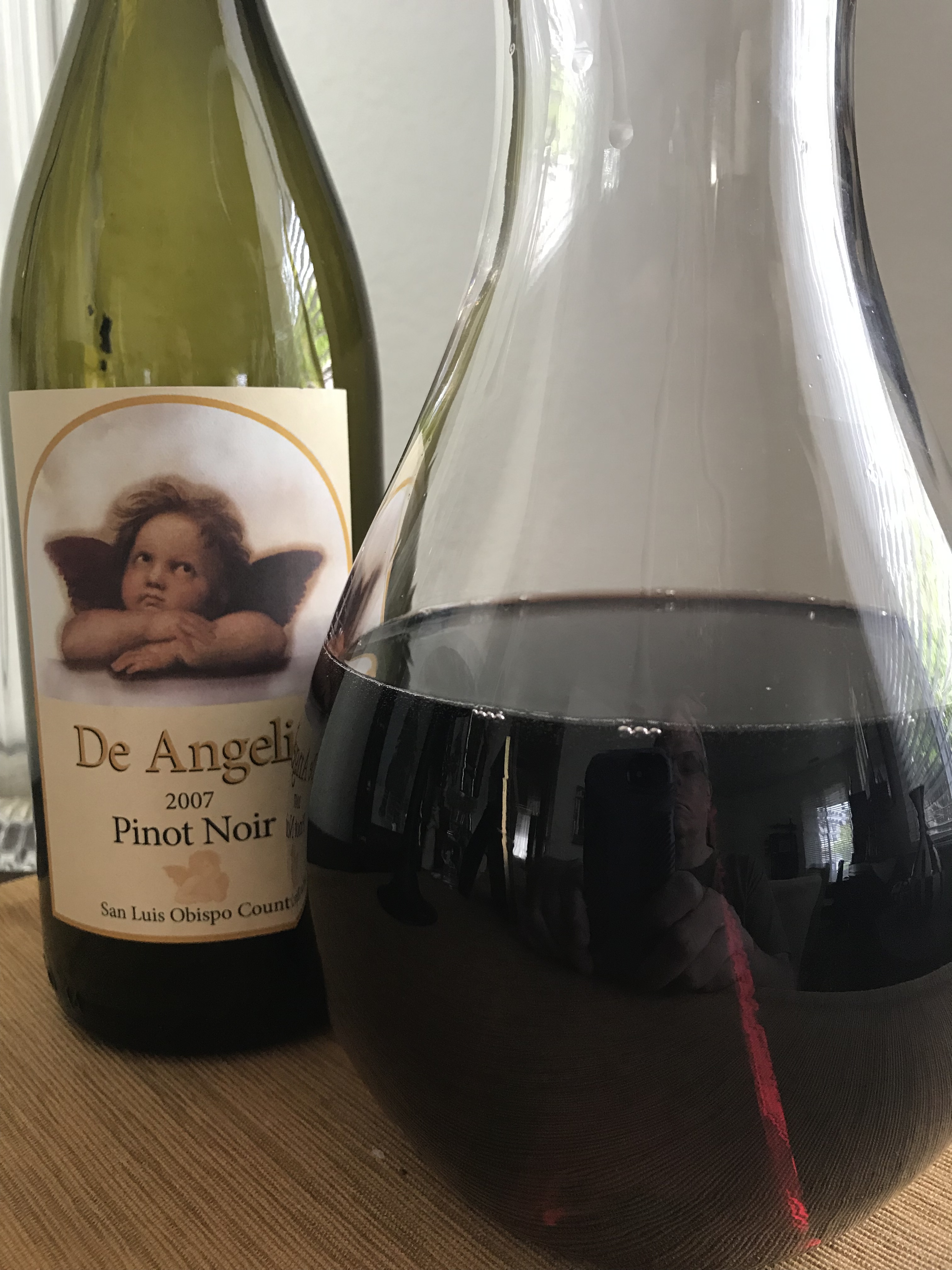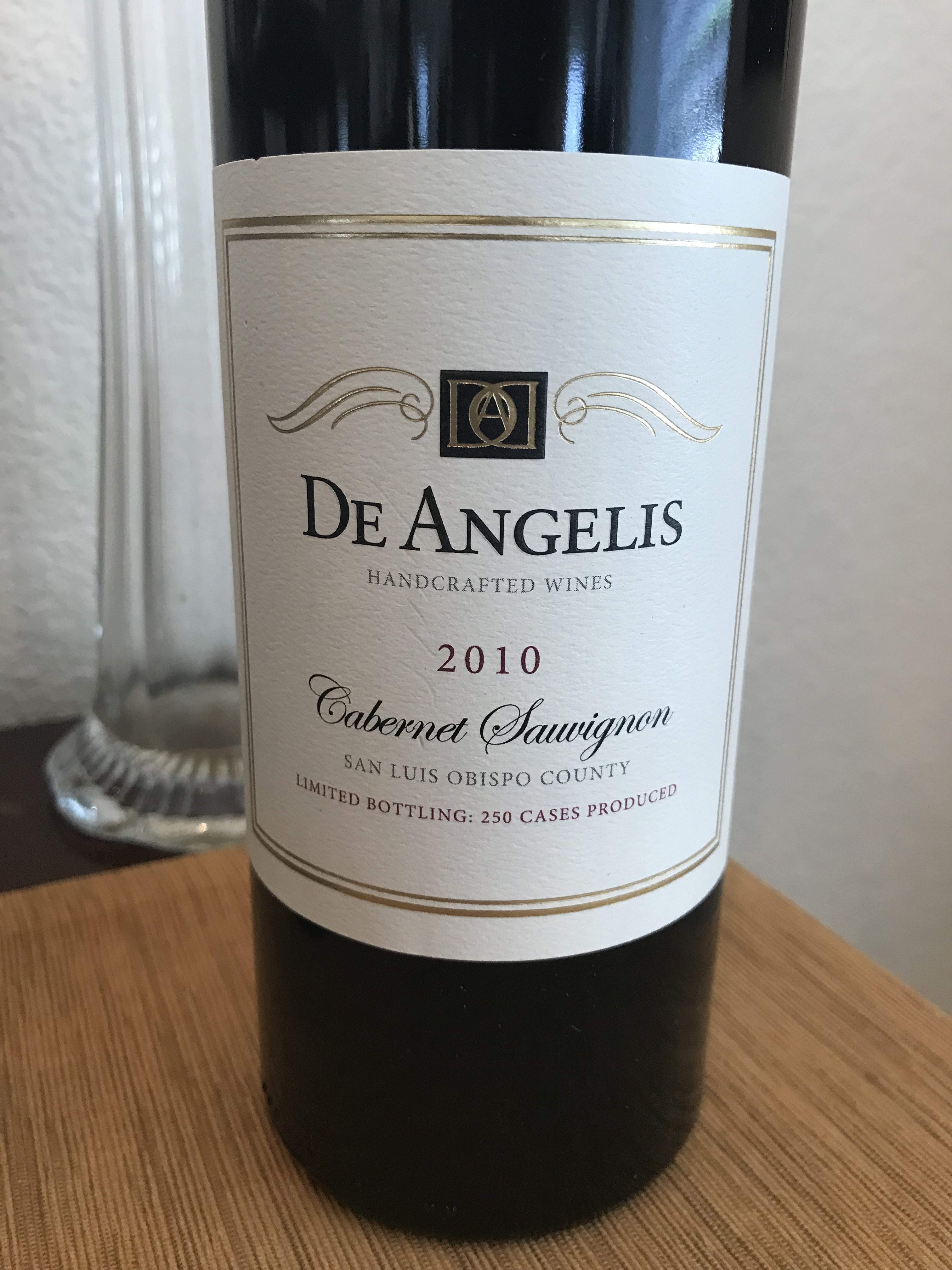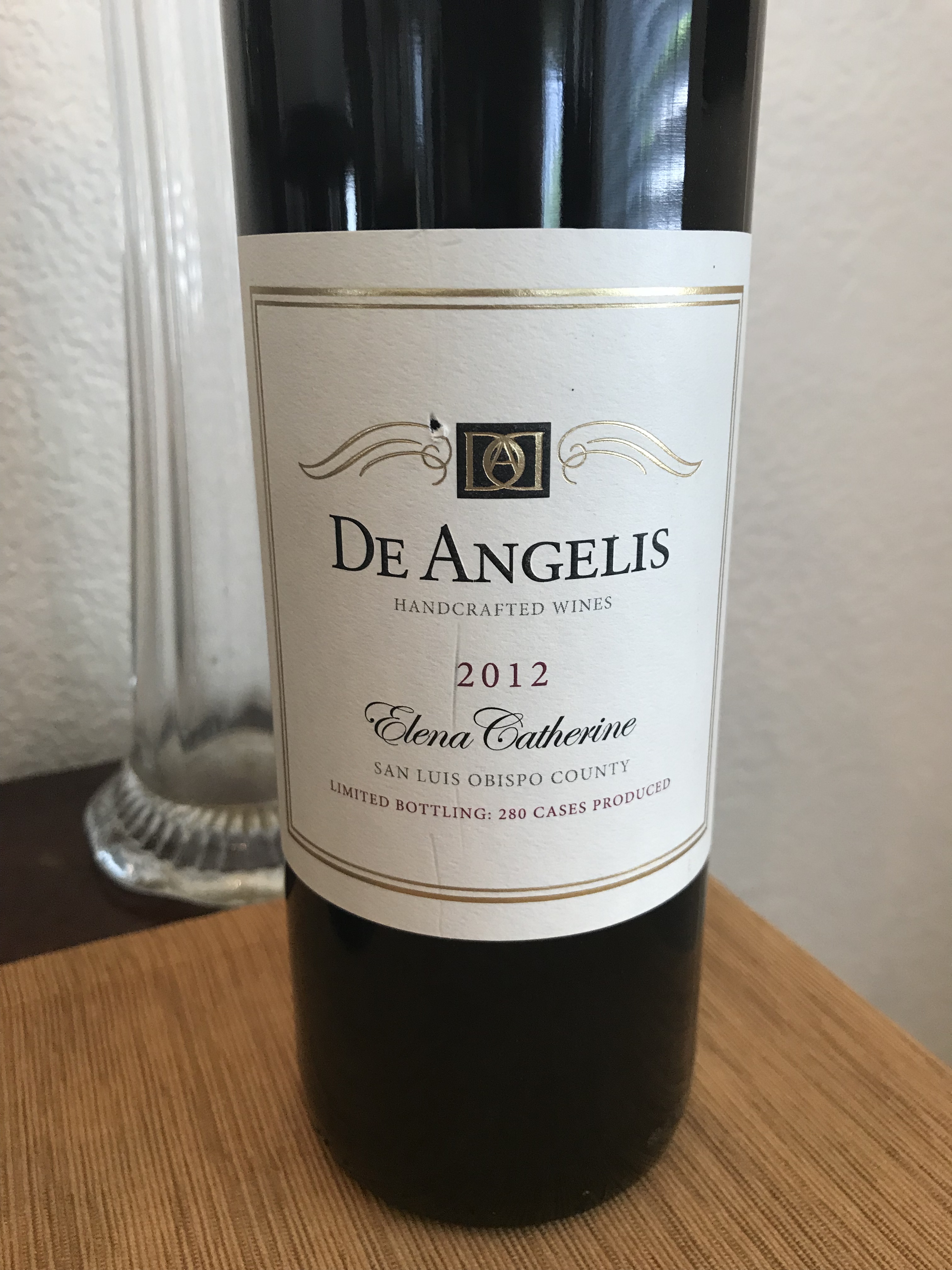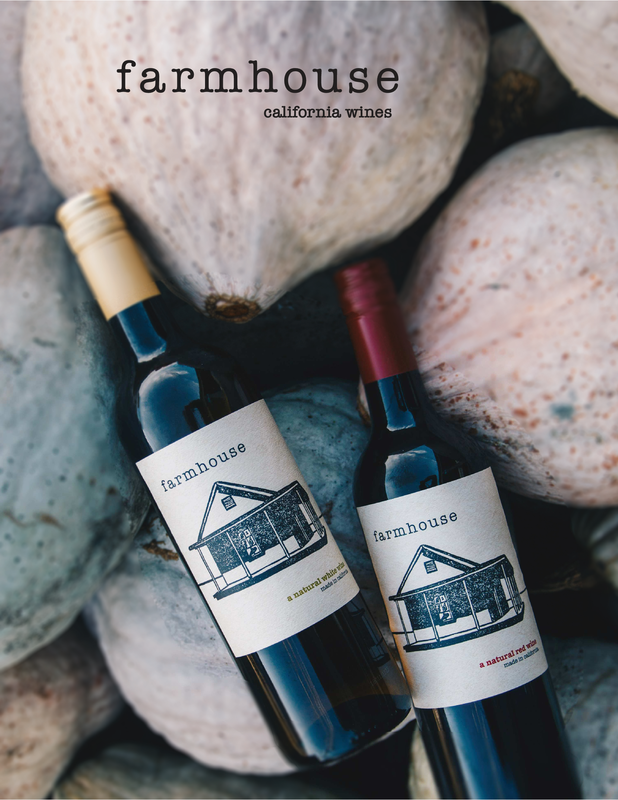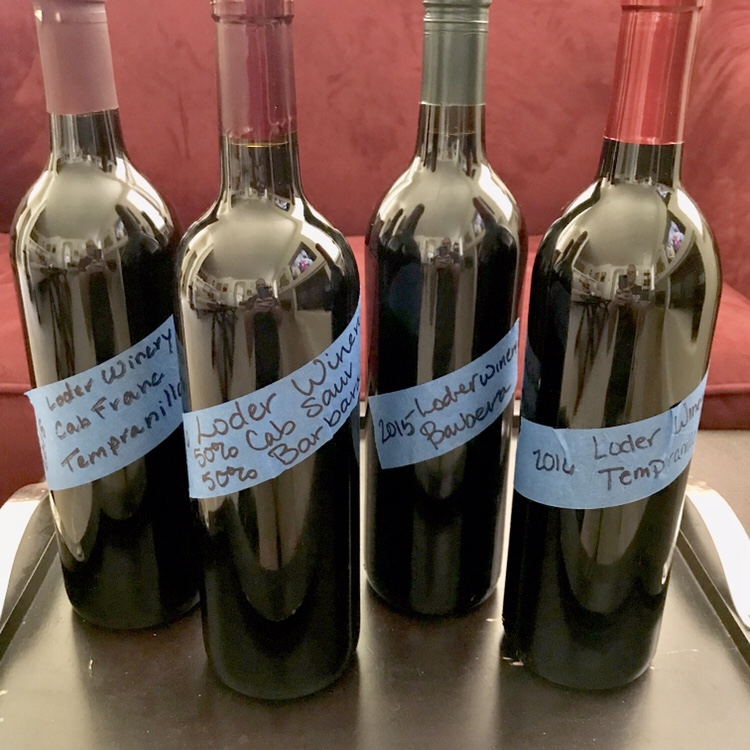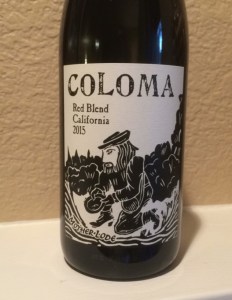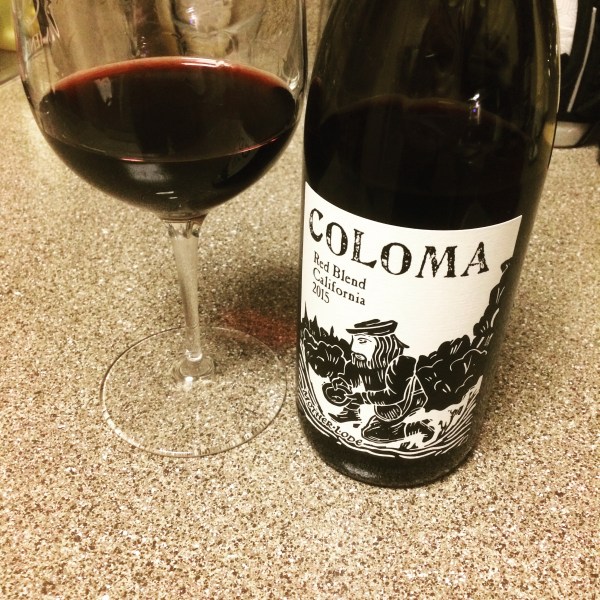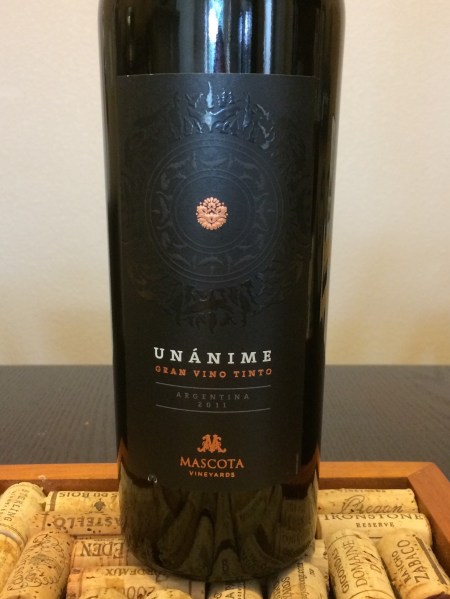For excellent wines at great values, head south. For interesting takes on your favorite varietals, head south. To expand your understanding of terroir and its influence on wine, head south. Wines from South America, specifically Chile and Argentina, define all these statements. I recently had the opportunity to experience three outstanding South American wines: Montes Limited Selection Pinot Noir 2014, Montes Twins Red Blend 2014, and KAIKEN Terroir Series Torrontés 2016.
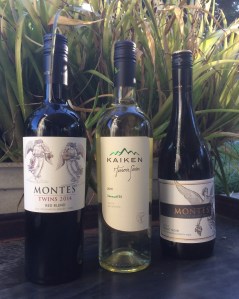
For many years, right or wrong, Chile had the reputation of creating bulk wines of inferior quality. In 1988, Aurelio Montes, Sr. and Douglas Murray set out to challenge that notion, when they founded Viña Montes. These two pioneers believed that the unique conditions and terroir in Chile could produce world-class wines. Their first project was a Bordeaux-style red blend of Cabernet Sauvignon, Cabernet Franc, and Merlot. In 1998, the first vintage of Montes Alpha M was released. Subsequent lines, including Folly and Purple Angel, followed, with great success and popularity. Over the past 29 years, additional labels were introduced, at various price points, including Montes Limited Selection, the Classic Series, Cherub Rose, and the Montes Twins.
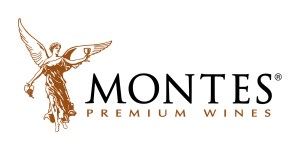
Those familiar with the Montes name will recognize the iconic angel on the label. That angel was inspired by Douglas Murray, who developed an abiding faith in angels after surviving two different near-fatal auto accidents. Montes adopted the angel icon to symbolize their commitment to be a positive force and influence. In keeping with that mission, Montes is a leader in environmental sustainability. Since 2009, Montes has implemented strategies to reduce fossil fuel consumption by 30%, and use of fertilizers by 50%. Sheep now help with weed control, and the winery has begun covering water reservoirs with geomembranes that reduce water leakage from two gallons per second to zero!
The Montes family of wines has certainly succeeded in breaking the mold and improving the quality and reputation of Chilean wines. So it follows that Aurelio Montes, Sr., would seek to expand his influence beyond the Chilean borders. In 2001, Montes, Sr., founded KAIKEN Winery on the other side of the Andes mountains, in Mendoza, Argentina. The Kaiken is a near-extinct bird, native to the region, known for soaring over the high, mountain peaks. Now run by son, Aurelio Montes, Jr., KAIKEN’s logo features a representation of “birds in flight” travelling over the Andes mountains. In keeping with the environmental commitment at Montes, in 2011 KAIKEN started managing its vineyards with biodynamic principles. They are pursuing a goal of being 100% biodynamic by the end of this year (2017.)

Seeking to take Argentinian wines beyond just Malbec, the KAIKEN wine portfolio includes four labels: Mai, Ultra, Terroir Series, and Reserve. Malbec is featured in the Mai line, and is represented in others, but the Ultra, Terroir Series, and Reserve lines include reds composed of Cabernet Sauvignon, Petit Verdot, and Bonarda, along with Malbec. White wines are produced from Chardonnay, Sauvignon Blanc, and the more Argentine-associated Torrontés.
So how do they taste? Well, here’s what I thought of them:
Montes Limited Selection Pinot Noir 2014
100% Pinot Noir from the Acongagua Coast, aged 6-7 months in French Oak and Stainless Steel barrels.
This is a complex, well-balanced Pinot Noir. Ruby red color with a slightly brick rim. On the nose there are aromas of soft earth and ripe raspberry. The complexity is evident from the initial sniff. On the palate, soft, supple tannins and light acidity dance on the tongue with earthy influences mingling with raspberry, cherry, plum, and red currant flavors. Medium body, with a lingering finish of red fruit and a hint of cola at the end.
I find some Pinot Noir to be too earthy, with the soil and mushroom flavors overpowering the fruit. The Montes Pinot Noir has just the right amount of earthiness, that enhances the fruit and makes this a very enjoyable wine. Paired with grilled salmon, it was truly delightful. It would also go nicely with other foods, including pork or mushroom risotto.
Average Price: $13 (Wine Searcher)
Montes Twins Red Blend 2014
35% Cabernet Sauvignon, 30% Syrah, 25% Carmenère, 10% Tempranillo, from the Colchagua Valley. 50% of the wine was aged for 10 months in first, second, and third-use French Oak barrels.
Very impressive red blend. Deep purple color in the glass. On the nose, aromas of Black Cherry, Raspberry, Blackberry, and a hint of soft vanilla. After several swirls and minutes to open up, the palate offers juicy flavors of Blackberry, Black Currant, Black Cherry, and Dark Chocolate, with soft oak and vanilla influences. Rich and full-bodied, with a complex character and soft, velvety tannins and fresh acidity, the wine finishes with a flourish of dark berry, chocolate, and hints of licorice and spice. This is an intriguing, sexy wine that pairs well with anything from the grill: beef, lamb, pork…we had it with grilled Sweet Italian Sausages and the pairing was spectacular!
Average Price: $12 (Wine Searcher)
KAIKEN Terroir Series Torrontés 2016
100% Torrontés from Salta, Argentina. Fermented and aged 6 months on the lees.
Pale golden color in the glass. There are aromas of lemon-lime and citrus, with a hint of elderflower. On the palate, there are flavors of lemon and lime, with grapefruit, quince, and mandarin. There is bright, lively acidity, but the wine has a soft, smooth mouthfeel – evidence of aging on the lees. On the finish, the citrus notes continue, and some pear joins the party.
This is a delightfully refreshing wine, especially on the blistering hot day we tasted it. It paired magically with grilled Mahi-Mahi tacos, taking our simple, mid-week meal to a whole new level.
Average Price: $13 (Wine Searcher)
Delicious, food-friendly, and budget-friendly, I highly recommend that you seek out and try these wines. They are widely distributed and available, so you won’t even have to go to South America to find them!
Cheers!
Disclaimer: These wines were submitted to me as samples for review. I received no other compensation or incentive. Technical information was provided with the samples. All opinions and descriptions are my own.
